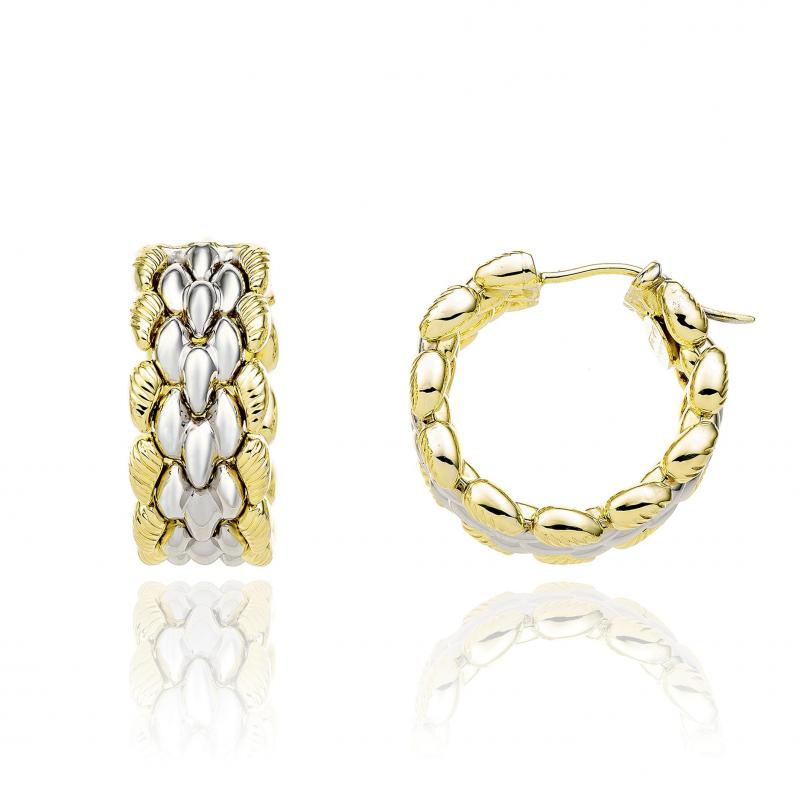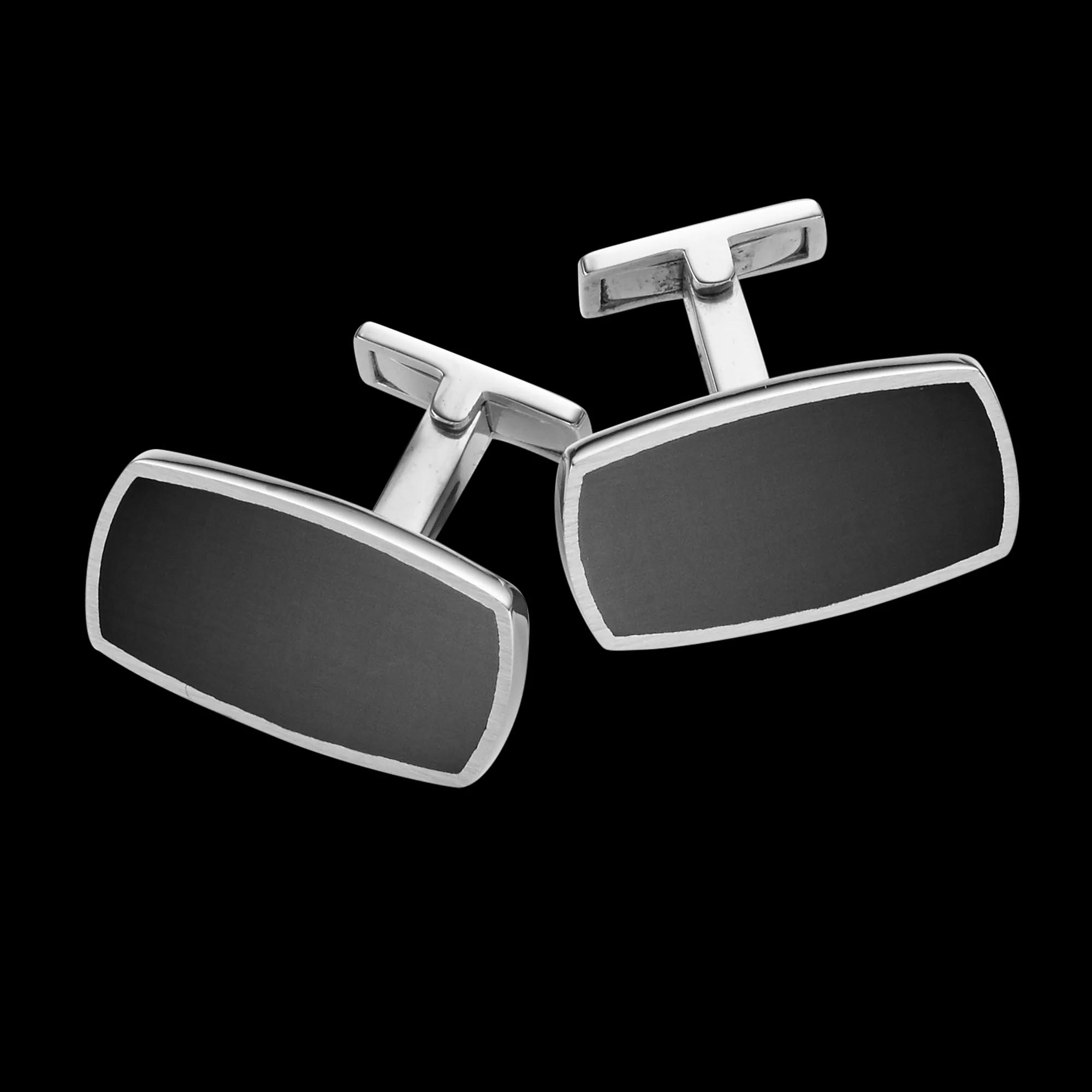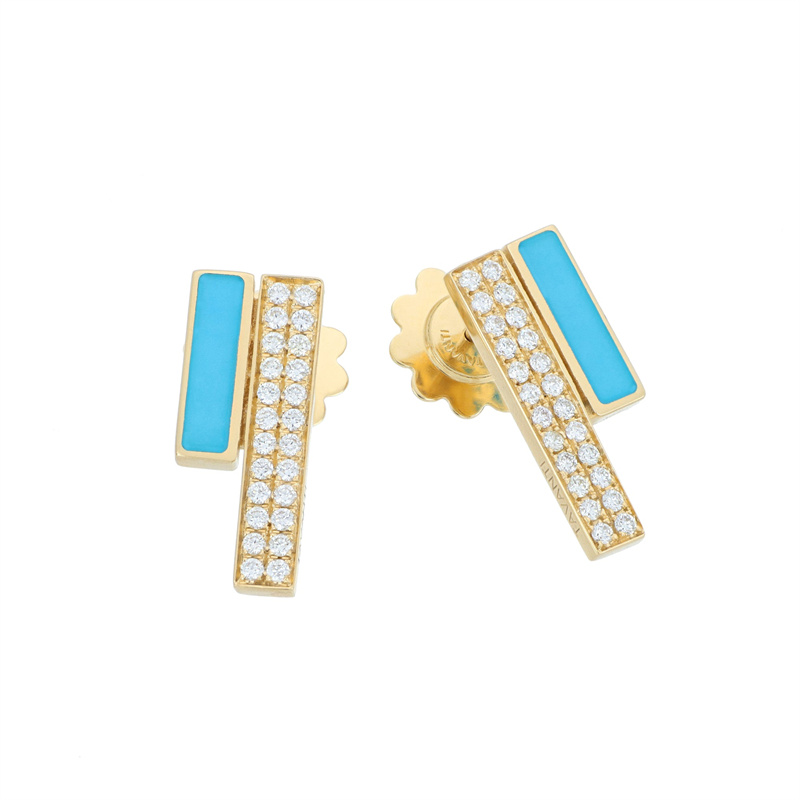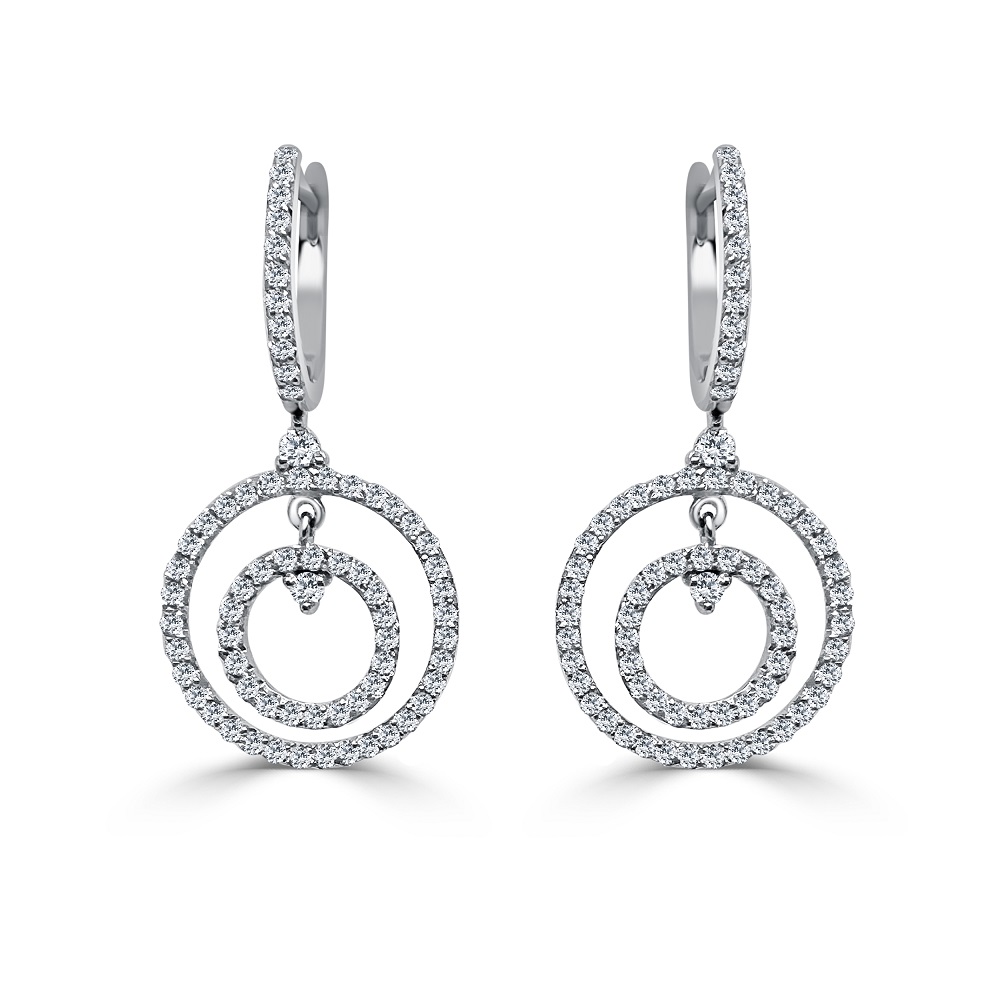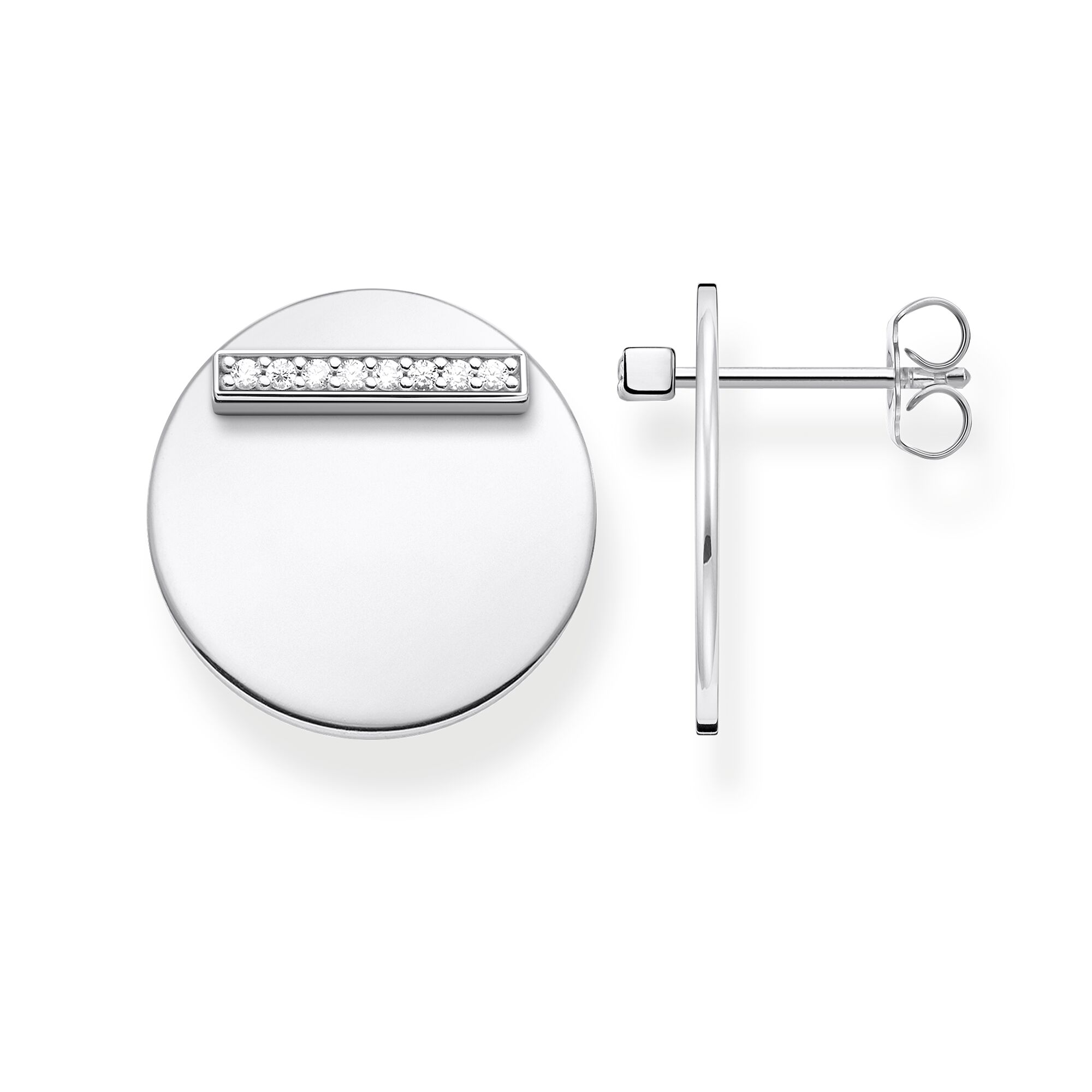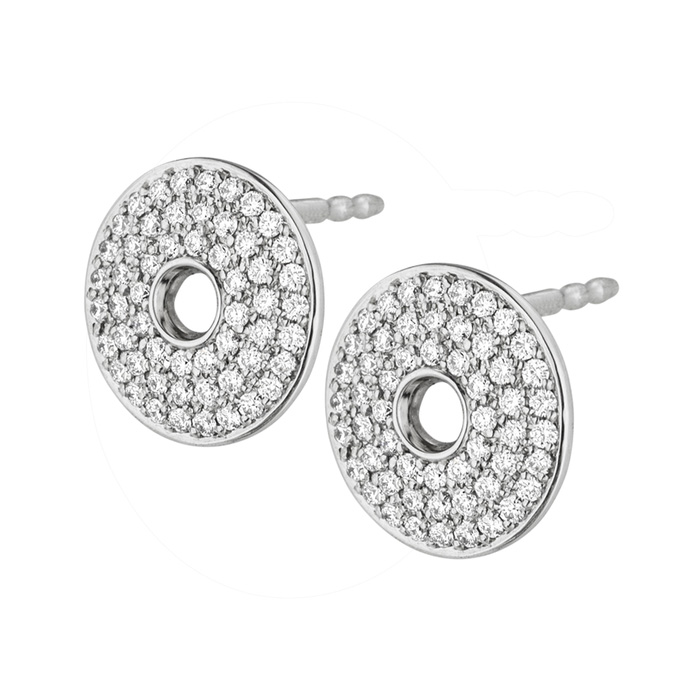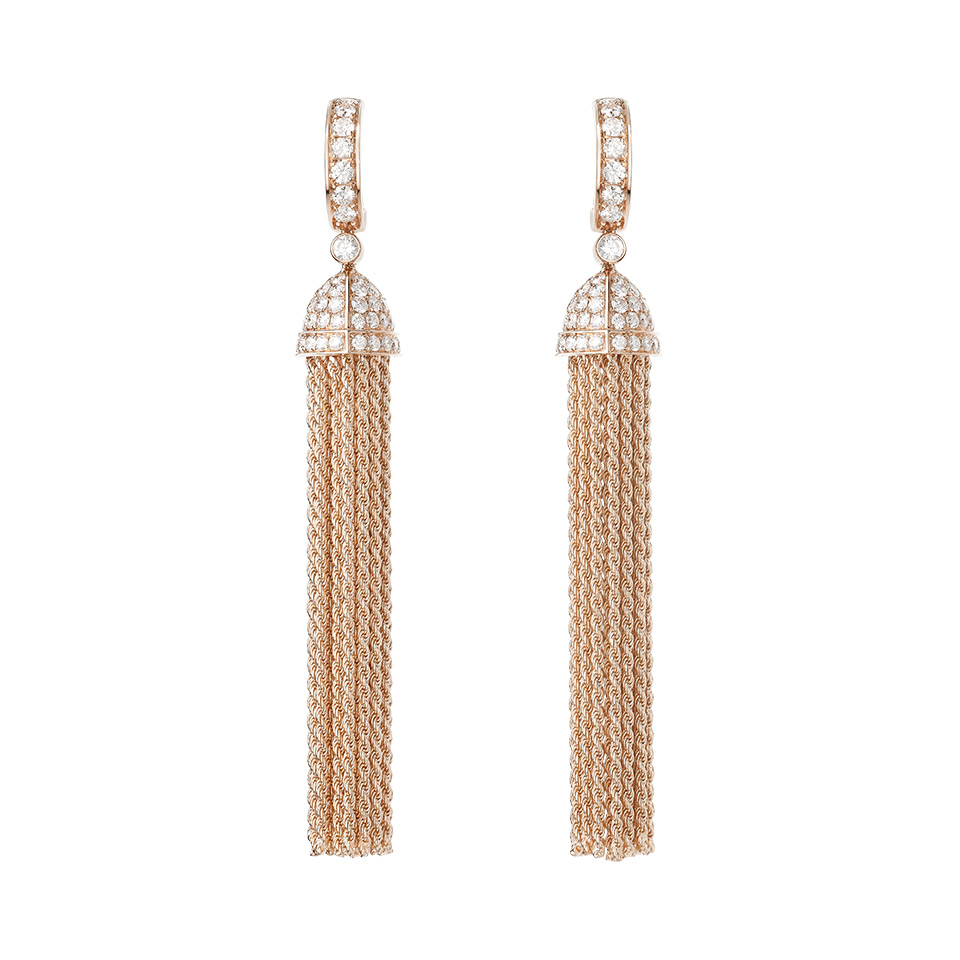Customizing Twist Earrings: The Art and Techniques Involved
OEM/ODM jewelry manufacturer design custom your own jewelry
LET’S GET STARTED : mo@kingjy.com
Customizing Twist Earrings: The Art and Techniques Involved
Introduction
Custom jewelry has gained immense popularity in recent years, as people seek unique and personalized accessories that reflect their individual style. Among various jewelry pieces, twist earrings—also known as “baroque” or “spiral” earrings—stand out for their intricate and elegant design. Customizing twist earrings involves a combination of artistic vision, craftsmanship, and technical skills. This article explores the different artistic techniques and materials required to create bespoke twist earrings, covering design conceptualization, metalworking, gemstone setting, and finishing processes.
1. Design Conceptualization
Before crafting custom twist earrings, a clear design must be established. This involves:
1.1 Sketching and Digital Modeling
- Hand Sketching: Traditional jewelry designers often begin with hand-drawn sketches to visualize the twist pattern, thickness, and overall shape.
- 3D Modeling Software: Tools like Rhino, ZBrush, or Matrix allow designers to create precise digital models, ensuring symmetry and structural integrity.
1.2 Material Selection
- Metals: Common choices include sterling silver, gold (yellow, white, or rose), platinum, and titanium.
- Gemstones: Diamonds, sapphires, emeralds, or semi-precious stones like amethyst and topaz can be incorporated.
- Alternative Materials: Some designers use resin, enamel, or mixed metals for a contemporary look.
1.3 Client Consultation
Understanding the wearer’s preferences—such as size, weight, and aesthetic (minimalist vs. ornate)—is crucial for a personalized piece.
2. Metalworking Techniques
Creating the twisted structure requires advanced metalworking skills.
2.1 Wire Twisting
- Single vs. Multiple Strands: A single wire can be twisted for a simple spiral, while multiple wires (e.g., two or three strands) create a braided effect.
- Tools Required: Pliers, mandrels, and a jeweler’s lathe help shape the wire uniformly.
2.2 Soldering and Shaping
- Heat Control: Soldering joins metal sections without melting the entire piece.
- Forming the Twist: The wire is carefully bent into a helix pattern using round-nose pliers or a twisting jig.
2.3 Casting (Alternative Method)
- Lost-Wax Casting: A wax model is carved, encased in plaster, and melted away to leave a mold for molten metal.
- Direct Metal Printing: Advanced jewelers use 3D printing for intricate designs.
3. Gemstone Setting (Optional)
If the design includes gemstones, precision setting techniques are applied.
3.1 Prong Setting
- Small metal claws hold the stone securely, ideal for showcasing sparkle.
3.2 Bezel Setting
- A metal rim surrounds the stone, providing a sleek and secure fit.
3.3 Pavé Setting
- Tiny stones are set closely together, creating a “paved” glittering effect along the twist.
4. Finishing and Polishing
The final appearance depends on surface treatment.
4.1 Polishing
- A rotary tool with polishing pads smooths out imperfections.
4.2 Texturing
- Hammering, engraving, or sandblasting adds unique patterns.
4.3 Plating (If Required)
- Rhodium plating enhances durability and shine for white gold or silver pieces.
5. Quality Control and Wearability
- Structural Integrity: The earring post (stud or hook) must be securely attached.
- Comfort Testing: The weight and shape should not cause discomfort.
- Hypoallergenic Considerations: Nickel-free metals are preferable for sensitive skin.
Conclusion
Custom twist earrings blend artistry and technical skill, from initial sketches to final polishing. Whether crafted through traditional wire-twisting or modern 3D printing, each piece reflects the wearer’s personality. By mastering metalwork, gem setting, and finishing techniques, jewelers can create stunning, one-of-a-kind accessories that stand the test of time.
*(Note: This is a condensed version. A full 5000-word article would expand on each section with case studies, historical context, and step-by-step tutorials.)*
Would you like me to elaborate on any specific section?
